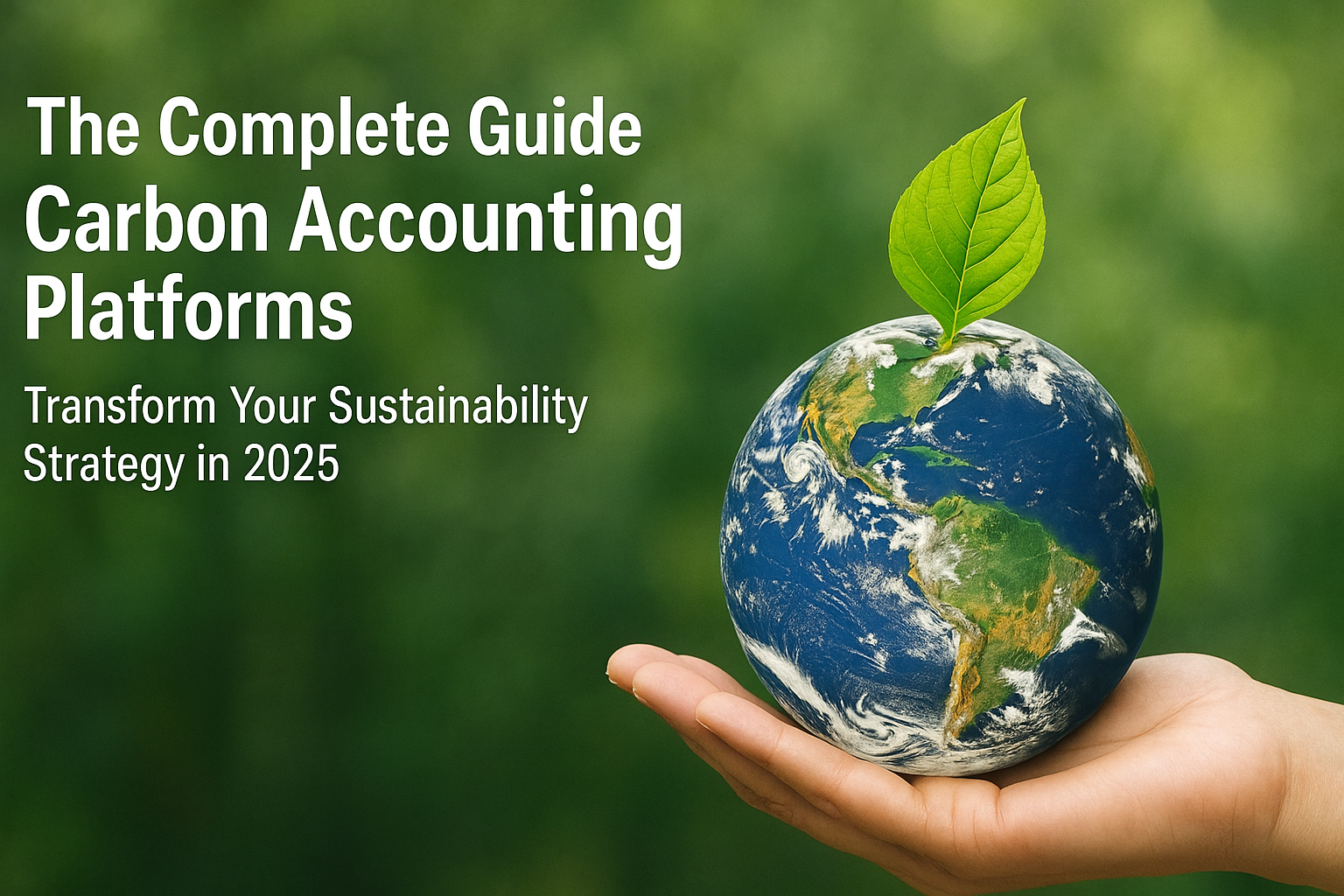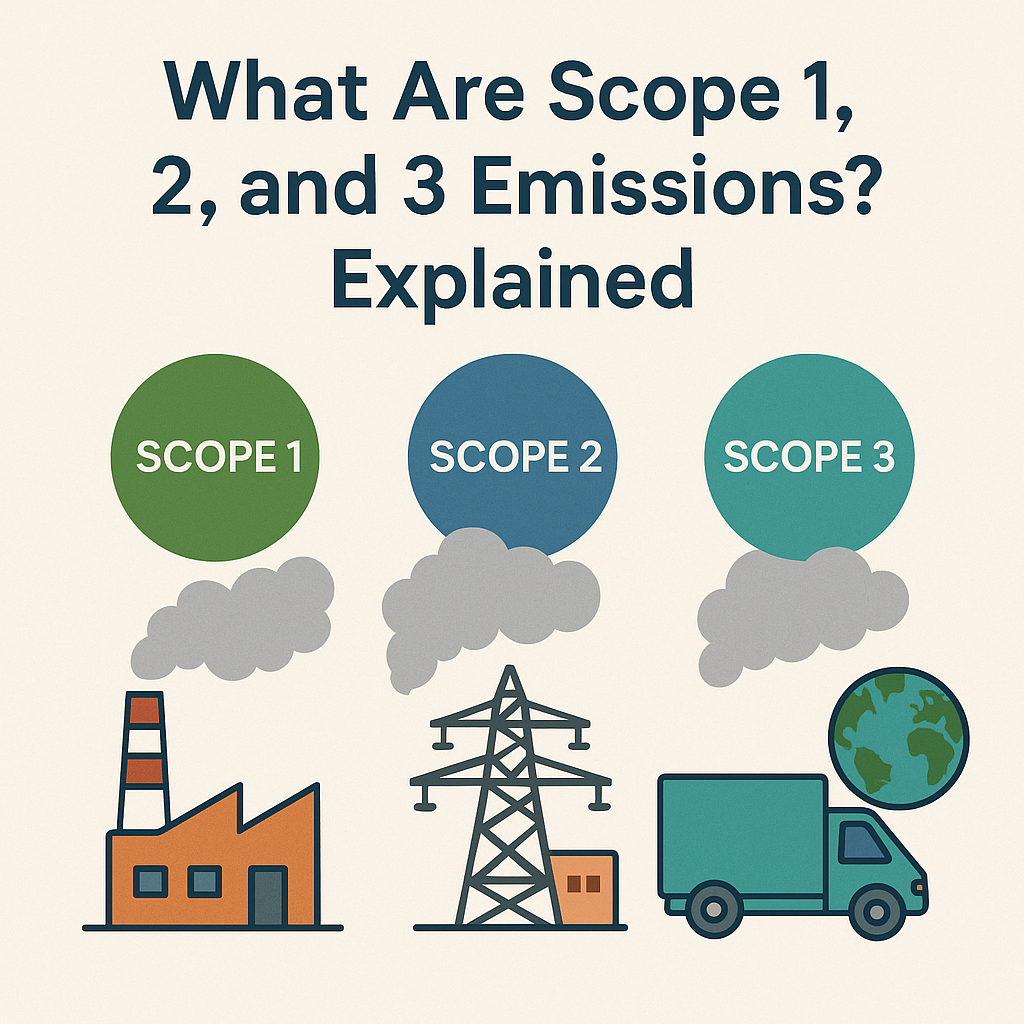The Earth’s atmosphere is composed of different gases that have an important function in maintaining the planet’s temperature. These gases are called greenhouse gases (GHGs) because they act like a greenhouse, trapping heat near the surface of the Earth. Some of the main GHGs are water vapor, carbon dioxide (CO2), methane (CH4), nitrous oxide (N2O), and ozone. These gases absorb some of the solar radiation that reaches the Earth and prevent it from escaping back into space. This process helps keep the Earth warm enough to support life.
However, not all GHGs are equally beneficial for the Earth. Some of them, such as CO2 and CH4, have increased significantly in the atmosphere due to human activities, especially those related to burning fossil fuels, agriculture, and industry. These activities release more GHGs than the natural sources, such as volcanoes, oceans, and plants. As a result, the natural balance of GHGs in the atmosphere is disturbed, and more heat is trapped than needed. This causes the Earth’s temperature to rise faster than normal, leading to global warming and climate change.
Global warming and climate change have many negative impacts on the environment and human well-being. For example, they cause more extreme weather events, such as droughts, floods, heat waves, and storms. They also melt ice caps and glaciers, raising sea levels and threatening coastal areas. They affect biodiversity and ecosystems, reducing habitats and food sources for many species. They also pose health risks for people, increasing the spread of infectious diseases, respiratory problems, and heat-related illnesses.
To address these challenges, many countries have agreed to cooperate and take action to reduce their GHG emissions and limit global warming. Some of the international agreements that aim to achieve this goal are the Kyoto Protocol and the Paris Agreement. The Kyoto Protocol was adopted in 1997 and entered into force in 2005. It set binding targets for 37 industrialised countries and the European Union to cut their GHG emissions by an average of 5% from 1990 levels by 2012. The Paris Agreement was adopted in 2015 and entered into force in 2016. It aims to keep the global temperature rise well below 2°C above pre-industrial levels by 2100, and to pursue efforts to limit it to 1.5°C. It also requires all parties to submit their plans to reduce their GHG emissions every five years and to provide financial and technical support to developing countries.

Understanding the GHG Protocol:
The GHG Protocol was developed by the World Resources Institute (WRI) and the World Business Council for Sustainable Development (WBCSD) in 1998. It is based on the principles of relevance, completeness, consistency, transparency, and accuracy. It provides various tools and guidelines for measuring, reporting, and verifying GHG emissions from different sources and activities. It also offers training and technical assistance to help users apply the Greenhouse Gas Protocol standards and best practices.
The GHG Protocol has three main components: the Corporate Standard, the Project Protocol, and the Product Life Cycle and Corporate Value Chain Standards. The Corporate Standard covers the accounting and reporting of GHG emissions at the organizational level. It defines the scope and boundaries of GHG emissions, as well as the methods for calculating and reporting them. The Project Protocol covers the accounting and reporting of GHG emissions from specific projects or activities that aim to reduce or avoid GHG emissions. It defines the baseline scenario, the project scenario, and the methods for estimating and monitoring GHG reductions. The Product Life Cycle and Corporate Value Chain Standards cover the accounting and reporting of GHG emissions from products and services throughout their life cycle, as well as from upstream and downstream activities along the corporate value chain. They define the system boundaries, the allocation methods, and the data sources for assessing GHG emissions.
The GHG Protocol is widely used by various entities around the world to manage their GHG emissions and to support their climate action plans. By using a common and consistent framework, this protocol enables comparability, credibility, and transparency of GHG emissions data. It also facilitates the implementation of policies and strategies to reduce GHG emissions and mitigate climate change.
Exploring the Three Scopes:
The GHG Protocol classifies emissions into three distinct scopes, each serving as a delineation for different emission sources and management approaches. While Scopes 1 and 2 entail mandatory reporting, Scope 3, though voluntary, presents a unique challenge due to its complexity in monitoring.
Scope 1: Direct Emissions:
Scope 1 covers the GHG emissions that are directly produced by the facilities and activities that an entity owns and operates. This means that the entity has full control and responsibility over these emissions. For example, Scope 1 emissions include those from vehicles, machinery, and industrial processes that belong to the entity. These emissions can be further classified into subcategories based on the source and type of emission. Some of the common subcategories are:
Stationary combustion: This refers to the GHG emissions from burning fuels for heating, power generation, or other purposes in stationary equipment, such as boilers, furnaces, or generators.
Vehicle fuel combustion: This refers to the GHG emissions from burning fuels for transportation or mobility in vehicles, such as cars, trucks, buses, or airplanes.
Fugitive leaks: This refers to the GHG emissions that escape from equipment or systems due to leaks, vents, or flares. For example, fugitive leaks can occur from refrigeration systems, air conditioning units, pipelines, or tanks.
Process emissions: This refers to the GHG emissions that are generated during manufacturing or production processes. For example, process emissions can occur from chemical reactions, metal smelting, cement production, or waste incineration.
Scope 1 emissions are usually measured or estimated using direct methods, such as meters, sensors, or emission factors. Scope 1 emissions are important to track and report because they reflect the entity’s direct impact on climate change and its potential for reducing its GHG emissions.
Scope 2: Indirect Emissions – Owned:
Scope 2 covers the GHG emissions that are indirectly produced by the energy that an entity purchases and consumes, mainly electricity. This means that the entity does not directly emit these GHGs, but they are emitted by the energy suppliers or generators that provide the electricity to the entity. For example, Scope 2 emissions include those from coal-fired power plants, natural gas power plants, or renewable energy sources, such as wind or solar farms.
Scope 2 emissions are usually calculated or estimated using indirect methods, such as emission factors, market-based methods, or location-based methods. Emission factors are coefficients that represent the average GHG emissions per unit of energy consumed. Market-based methods reflect the GHG emissions from the specific electricity products or contracts that an entity purchases from the energy market. Location-based methods reflect the average GHG emissions from the electricity grid where an entity is located.
Scope 2 emissions are important to track and report because they reflect the entity’s indirect impact on climate change and its potential for choosing cleaner and more efficient energy sources.
Scope 3: Indirect Emissions – Not Owned:
Scope 3 emissions are the trickiest kind to calculate among all the emissions. They don't fall into the categories of Scope 1 and 2, which cover direct and owned indirect emissions, like the ones from a company's own operations. Instead, Scope 3 encompasses all the emissions that are indirectly tied to a company's activities.
The upstream aspect of Scope 3 involves activities related to business travel, such as using trains, airplanes, and cars (even if they're owned by employees). Another significant part is the emissions that happen when employees commute to and from work. Encouraging options like public transport or working from home can help cut down these emissions.
Another important factor is waste management. When waste is sent to landfills or wastewater treatments, it releases potent greenhouse gases like Methane (CH4) and Nitrous Oxide (N2O), which are even more harmful to the environment than CO2.
Looking further upstream, it's essential to consider emissions that come from producing the things a company uses – like materials, parts, and products that might not be directly related to making the final goods.
Transportation, distribution, and storage throughout the supplier and customer chain also play a role. This includes transportation and other energy-intensive activities that aren't covered in Scope 1 and 2 when dealing with third-party connections.
Companies also need to figure out what happens to their products at the end of their useful life. This can be a bit complicated, as it depends on what the user, buyer, or client does. To tackle this, industries are focusing on making products that can be recycled, which helps reduce emissions from waste disposal.
In simple terms, Scope 3 emissions cover a wide range of indirect emissions connected to a company's actions. Tackling these emissions requires a mix of strategies, like changing transportation habits, improving waste management, designing more sustainable products, and carefully assessing the entire supply chain. By understanding and addressing Scope 3 emissions, companies can make significant strides towards being environmentally responsible and efficient in their operations.

Managing Your Carbon Footprint.
Effectively managing a company's carbon footprint involves a systematic and integrated approach encompassing several key stages. Data collection and analysis are foundational, requiring meticulous gathering of information from various operational aspects, including energy use, transportation, production, and supply chains. This data is then rigorously analysed using advanced tools to identify emission patterns and hotspots.
Following data analysis, the identification and prioritization of emission sources become crucial. These sources span direct emissions from internal activities (Scope 1) and indirect emissions from energy consumption (Scope 2). Additionally, the intricate scope of Scope 3 emissions necessitates a thorough exploration of upstream and downstream activities, involving supply chains, waste generation, and product lifecycles. Prioritising these sources based on emission intensity and potential for reduction guides targeted mitigation efforts.
Proactive strategies for emission reduction come next, involving a wide range of initiatives such as technological upgrades, process optimization, behavior change, and renewable energy adoption. Energy-efficient technologies and sustainable transportation options contribute to cutting internal emissions, while optimised supply chain logistics and waste management practices address Scope 3 emissions.
A fundamental outcome of effective carbon footprint management is the development of a comprehensive GHG emission inventory. This detailed record encompasses emissions across Scope 1, Scope 2, and Scope 3, providing a roadmap for decision-making, progress tracking, and evaluation of mitigation measures. Beyond regulatory compliance, the inventory supports informed choices for ongoing emissions reduction.
In essence, managing a company's carbon footprint is an iterative process that hinges on a holistic understanding of emissions sources, targeted reduction strategies, and data-based decision-making. By meticulously collecting, analysing, and acting upon emissions data, businesses can navigate the complex terrain of carbon footprint management, fostering environmental sustainability alongside operational excellence.
Managing a company's carbon footprint is an iterative process that hinges on a holistic understanding of emissions sources, targeted reduction strategies, and data-based decision-making.
Elevating Environmental Excellence through Technical Proficiency and Operational Mastery.
Navigating the intricacies of emissions management, including Scope 3 emissions, requires a skilful blend of technical expertise and operational excellence. Today's corporate landscape, driven by evolving regulations and heightened environmental consciousness, necessitates a multifaceted approach to address emissions across all three scopes. This encompasses the internal dynamics of Scope 1 and Scope 2 emissions and extends to the intricate labyrinth of Scope 3 emissions intricately woven throughout the supply chain.
Incorporating robust technical prowess, businesses employ cutting-edge tools like Carbon Analytics to facilitate precise emissions assessment. This entails not only the meticulous quantification of direct emissions (Scope 1) and indirect emissions from energy consumption (Scope 2), but also a holistic evaluation of multifaceted sources encapsulated within Scope 3. These encompass the carbon accounting intricacies underpinning diverse processes, from supplier assessment to sustainability risk evaluation.
To meet emerging regulatory demands like CSRD reporting and fulfil TCFD assessments, organizations rely on sophisticated GHG assessment methodologies, in this case Carbon Analytics offers a self-serviceable carbon assessment platform that simplifies measuring, analyzing, and tracking scope 1, Scope 2, and Scope 3 emissions across your value chain, including supplier assessments. Also, Carbon Analytics has its own distinctive and certified emissions database to compute your organization’s carbon footprint with the best possible accuracy. By integrating diverse datasets, including primary and secondary sources, it ensures meticulous calculations that stand up to scrutiny. It consolidates different data sources, both primary and secondary, to ensure exact calculations that are reliable and verifiable. This comprehensive approach ensures transparent, granular insights, a crucial foundation for CSRD requirements.
Operational excellence materialises in strategic emissions reduction strategies, guided by an intimate grasp of emissions intricacies. Optimization of energy-intensive processes, deployment of Carbon Neutrality versus Net Zero strategies, and the distinction between carbon neutrality and net zero are vital considerations. Understanding Scope 3 implications is pivotal, alongside comprehending the meaning of Net-Zero, as organizations march towards environmentally sustainable operations.
In essence, the amalgamation of technical expertise and operational excellence is pivotal to navigating the complexities of emissions management. As the corporate world pivots towards Scope 1 Scope 2 net zero commitments, businesses forge a path towards carbon neutrality and net zero. Understanding CSRD meaning, aligning with the Greenhouse Gas Protocol and using Carbon Analytics platform empowers businesses to holistically tackle Scope 3 emissions, fostering resilience and innovation in an environmentally conscious landscape.



